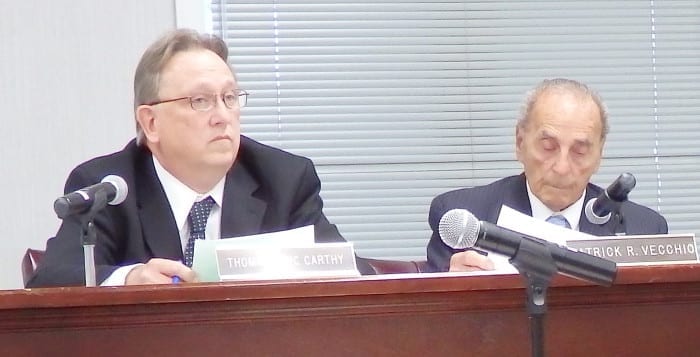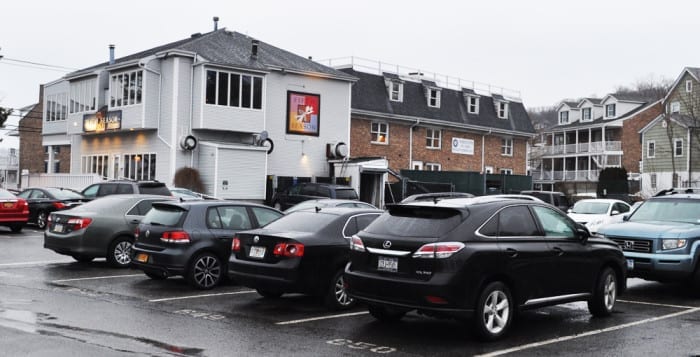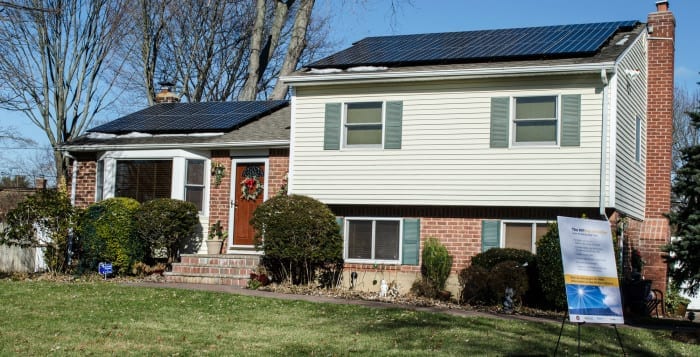Echo Avenue in Sound Beach is getting a makeover.
Brookhaven Town officials presented plans for a revitalization project along the busy street at the Sound Beach Civic Association meeting on Monday. Handicap-accessible sidewalks, new curbs, decorative lighting and ornamental trees are set to line the approximate .3-mile stretch between New York Avenue and North Country Road in the near future, as leaders seek to beautify and make the area safer for pedestrians.
Steve Tricarico, deputy highway superintendent, said the project will “bring that downtown feel like you may have seen the highway department do in Rocky Point.”
Late last year, the department completed a similar project along Broadway in Rocky Point.
In 2013, the town adopted a four-phase plan to revitalize Echo Avenue and received a Community Development Block Grant for the first phase. Last year, officials applied for more CDBG funding, but found out the hamlet no longer qualified for the grant.
Tricarico said the highway department went out to bid for new contracts and was able to get a better deal and was therefore able to match the 2013 grant and fund the project in its entirety — a total cost of about $240,000.
According to Stephen Normandin, director of design and planning for The RBA Group, the engineering group selected to oversee the project, starting at the intersection of New York Avenue, a four-foot-wide sidewalk will be constructed on the east side of Echo Avenue that connects all the way up to Handy Pantry. Then, a crosswalk will be created, by Devon Road and Caramia Pizzeria, that crosses over Echo Avenue and links up to another sidewalk on the west side of the street, ending at North Country Road. In addition, the triangle by Handy Pantry, which houses the civic’s “Welcome to Sound Beach” sign, will be extended in an attempt to slow traffic at the Shinnecock Drive and Echo Avenue intersection.
Normandin said the project does come with its challenges, as there are hills and existing guardrails and trees, and limited space within the public right-of-way.
“We are sensitive to the [private] properties,” he added.
If all goes according to plan, the project will commence in late August or early September and wrap up before the winter season. The road will be paved once the sidewalk and concrete work is complete.
A few residents, including Bea Ruberto, civic president and the driving force behind the project, requested some additional lighting by New York Avenue and Mesquite Tex Mex Grill. Currently, the plans don’t include new sidewalks and lighting on that side of Echo, but Councilwoman Jane Bonner (C-Rocky Point) said her office would look in to it. However, an easement agreement between the town and property owner might be needed, which could delay the project.
“None of this is set in stone; the dollar amount kind of is, so wherever we can … cut from one area and add to another, we are certainly willing to do that,” Bonner said.














